-
Filter by category:
- Apps
- Contamination
- Embedded Systems
- Field Solvers
- Interactive
- Mesh Generation
- News
- Numerical Methods
- Papers and Codes
- Plasma Simulation
- Starfish
- Surface Interactions
- Uncategorized
- Visualization
Posts in Category Papers and Codes
Development of a Solid Fuel Adamantane Ion Thruster
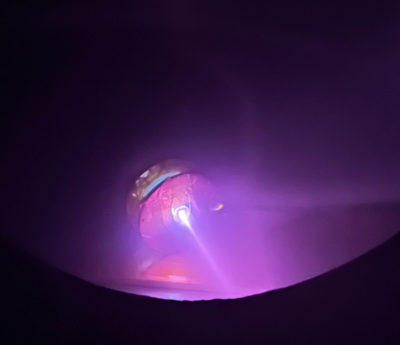
This post summarizes current work by the USC undergraduate student club ASPEN to develop a solid fuel plasma thruster operating on Adamantane. (Dec 27 2023)
Dust Dynamics at Mesoscale Resolution
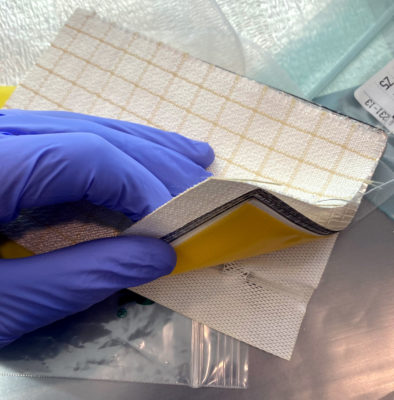
We report on an ongoing project to simulate lunar regolith adhesion to spacesuits and study its removal due to mechanical actions, compressed air application, and exposure to plasma. High speed videos are also provided. (Dec 27 2023)
Experimental investigation of QCM-derived sticking coefficients
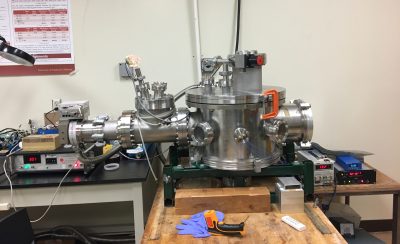
In this post we describe a campaign at USC Dept of Astronautical Engineering and at Blue Origin in Kent, WA to determine whether experimentally derived temperature varying sticking coefficients can be used to model gray-body contaminant mass transport. As expected, the answer was found to be no. These results were presented at the 2022 SPIE Optics and Photonics conference. (Dec 26 2023)
JWST Contamination Deposition Analysis
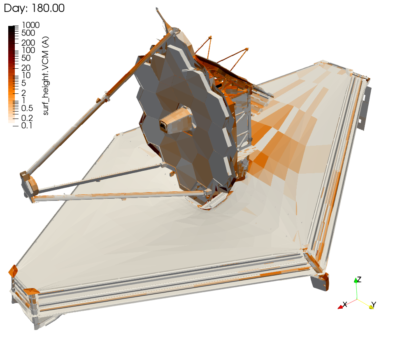
This article briefly describes recent work of analyzing water ice and molecular contaminant deposition during the 180 day commissioning phase of the James Webb Space Telescope (JWST). More details can be found in our 2022 SPIE Optics & Photonics paper. (Dec 25 2023)
CAD Based Particle Simulation Code
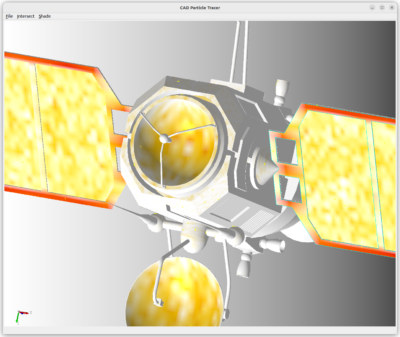
We demonstrated as part of a NASA SBIR effort the ability to run particle simulations directly with CAD geometries. Such a mesh-less approach is expected to lead to massive reductions in labor cost and the ability to rerun simulations whenever the design changes. (Dec 25 2023)
Quasi Steady-State Testing Approach for High Power Hall Thrusters
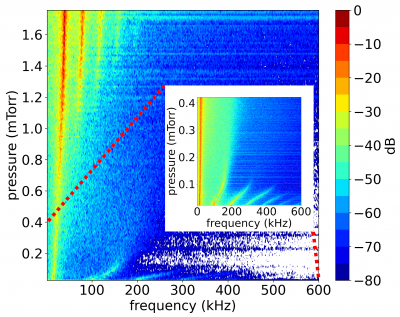
In the late 2021, I, along with Drs. Yevgeny Raitses, Edgar Choueiri, Roger Myers, and Prof. Michael Keidar published a paper in Journal of Applied Physics special issue on electric propulsion on a concept of testing high-power Hall thrusters using a pulse operation (doi:10.1063/5.0067232). This work involved performing numerical simulations with a modified version of […] (Oct 26 2021)